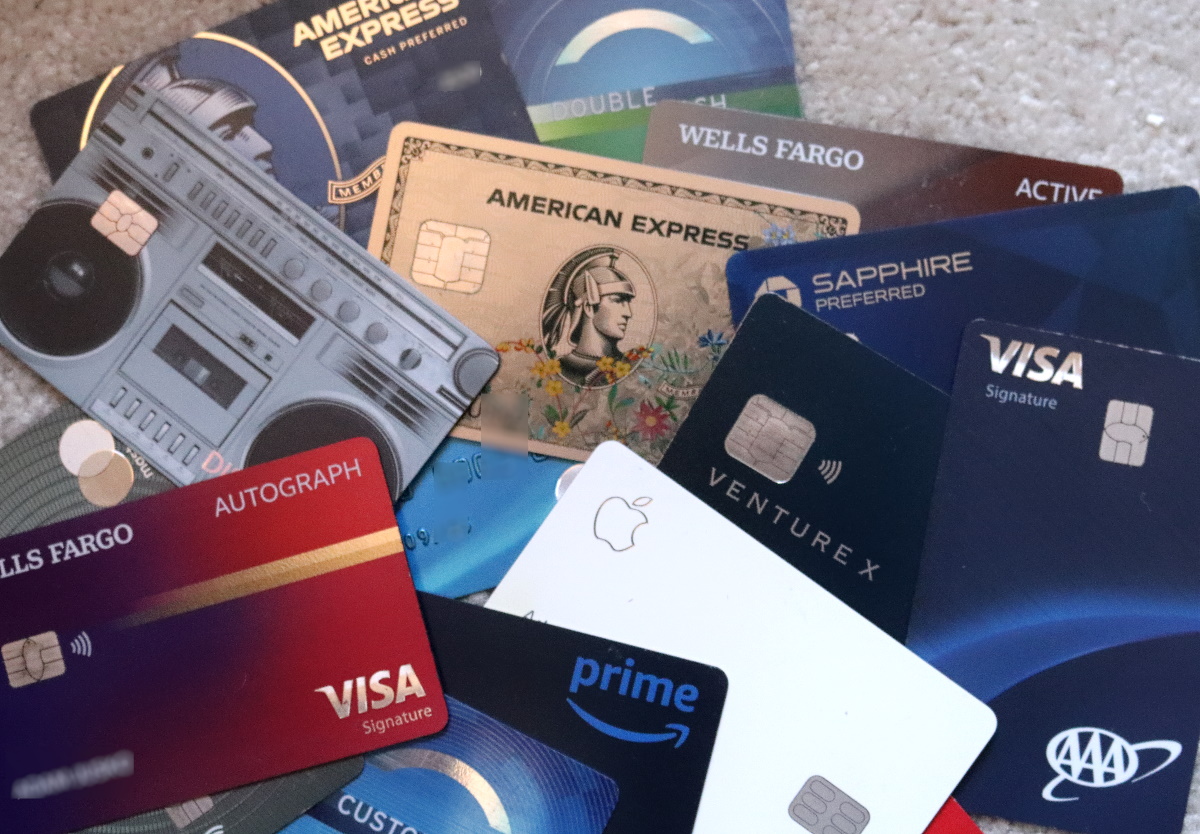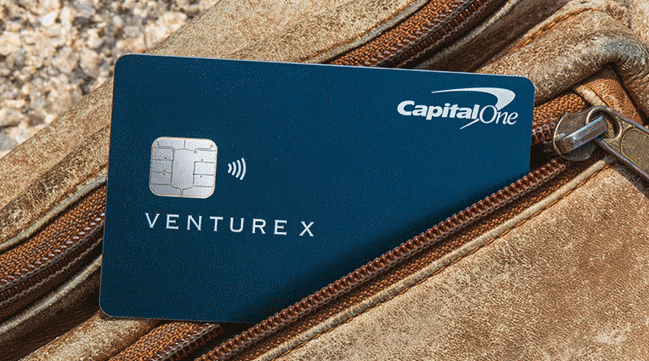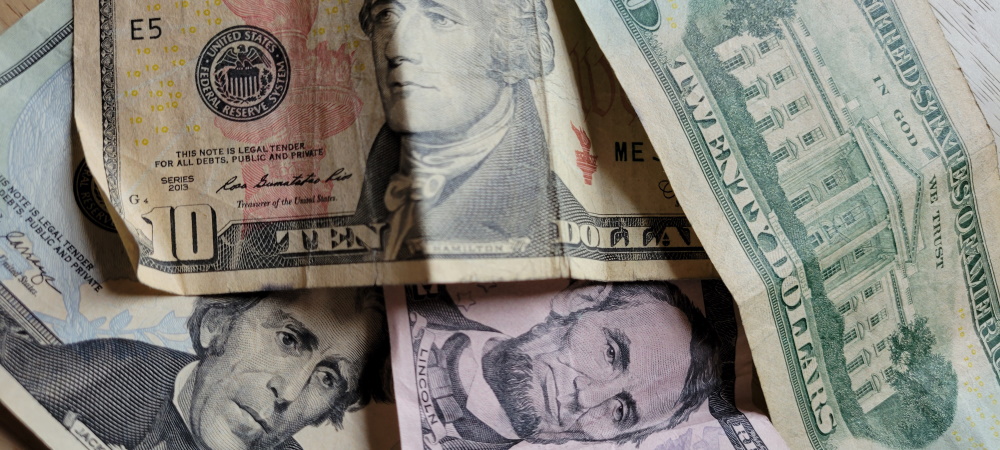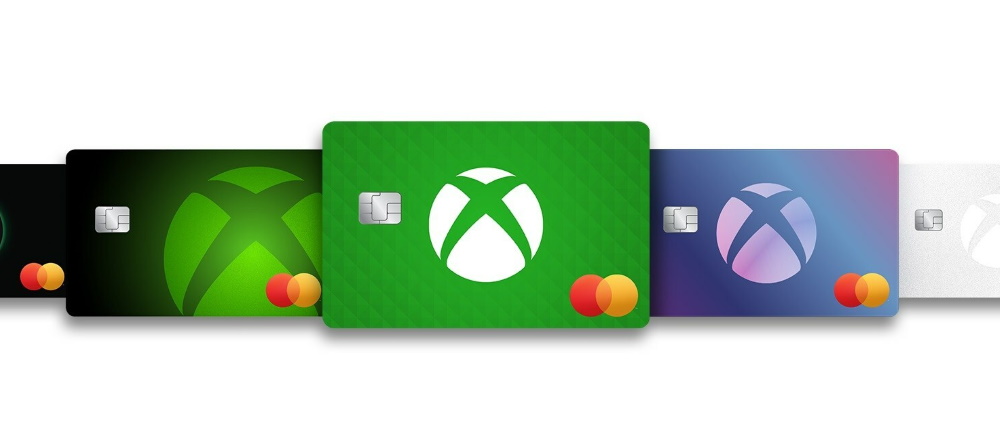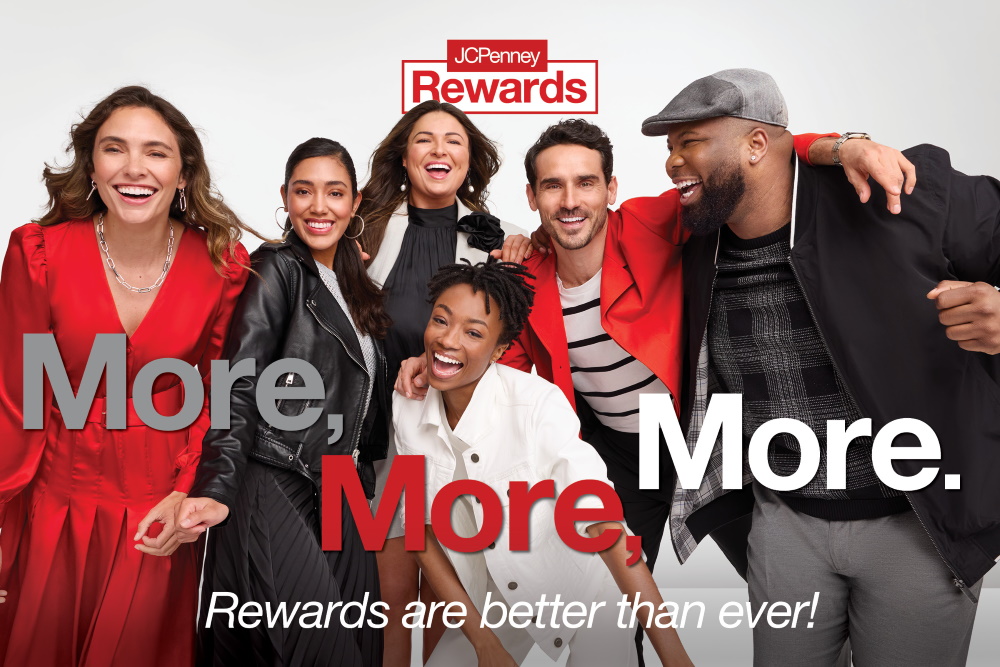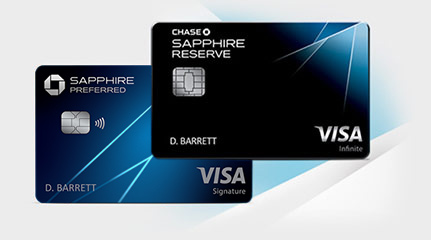What are the best credit cards for cashback, travel, etc.? … Read more
Capital One Lowers Credit Card Late Fees, First Major Issuer to Comply with Controversial New Law
The court fight continues, but Capital One complies (for now). … Read more
Average U.S. Salary 2024
The average yearly U.S. salary for full-time workers is $59,228. … Read more
Best High Yield Savings Accounts – May 2024
You can earn over 4% on savings from many banks. … Read more
Best CD Rates – May 2024
Rates are still pretty high, if you’re willing to commit. … Read more
Mortgage Rates Today (Week of May 1-7)
The average 30-year fixed mortgage rate is approximately 7.38% APR … Read more
Xbox Mastercard Credit Card Launched
A card that only the most dedicated Xboxer could love. … Read more
JCPenney Debuts CashPass Rewards Program, with Extra Earnings for JCPenney Credit Card Holders
Get $10 in rewards with as little as $133 spent. … Read more
List of All American Express Fine Hotels + Resorts (and The Hotel Collection)
Certain Amex cardholders get special perks at these high-end hotels. … Read more
Best Travel Credit Cards – May 2024
What’s the right credit card “strategy” for earning free travel? … Read more

